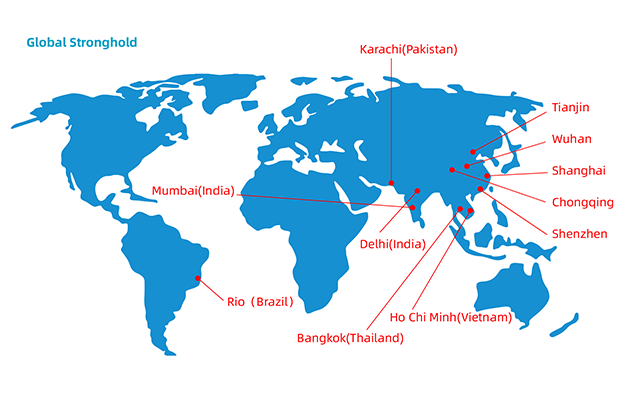How's Honing Process Happen
From:JEOYAR / Author:JEOYAR / Date:2022-03-30 11:34
In the honing operation, a rotating tool carrying abrasives removes metal from the interior surface of a bore or cylinder. The main purpose is to finish the surface to a particular diameter and geometric cylindricity. It's usually a secondary machining operation that finishes a part, relieves stress, or corrects some feature such as out-of-round, undersize tapers, or misaligned bores. A typical production cycle is to drill, ream, heat treat, then hone. Sometimes the operation may only require drilling and honing. The honing operation typically removes from 0.001 to 0.010" (0.03-0.3 mm) of material in a process that competes effectively as a finishing process with boring and grinding.
Although the honing process can be applied to any surface, it is most commonly done on internal cylinder walls using a combined rotating and reciprocating motion. Low cutting pressure, low velocity, and relatively small amounts of material removal characterize it. Typical speeds are around 250 fpm (76 m/min). However, unlike conventional machining, higher speed is not always an advantage. Each application has a honing abrasive chip load which is a limiting factor. With abrasive honing stones, the proper choice of bond and coolant optimizes stone performance and cost per part. With diamond-plated honing tools, using Teflon in the abrasive binder, peck feed, and reversing the spindle on retraction stroke can minimize problems with chip formation and removal.
Honing speeds are quite slow relative to grinding, but that doesn't mean slow metal removal. Area of the abrasive and length of stroke work with feed rate, rotation and spindle speeds to determine metal-removal rate and the geometric accuracy achieved. Many times this may be below 0.000040" or one micron.
There are two main forces involved in the cutting operation: torque from the pressure of the abrasive against the surface being cut during tool rotation, and the forces from the back and forth action of the hone or workpiece.
Unlike conventional machining, the accuracy of a honing process is not entirely dependent on the machine. The tool and abrasive are the keys to accuracy. Another difference from conventional machining is that it needs no chucking or alignment. The part aligns itself with the tool because the tool or the part is floating in most applications. Often, the part is placed in a specially designed honing fixture which provides floating action.










 Whatsapp Accounts Wechat Accounts
Whatsapp Accounts Wechat Accounts
 渝公网安备 50019002501604号
渝公网安备 50019002501604号